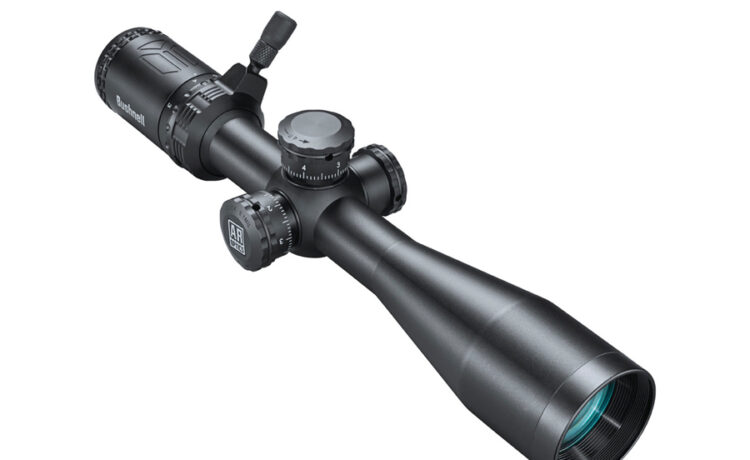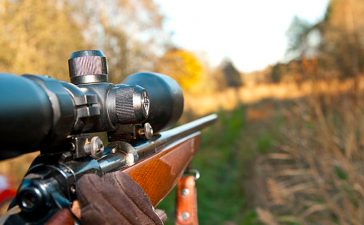Finding the perfect scope for your rifle is a complex subject. Modern optics are available in every size, shape, and function. The good news is that a highly customized rifle scope exists for your weapon and shooting application. The bad news is that you’ll have to sift through thousands of models to locate it. Using this guide, you can find the perfect rifle scopes to assist you in acing your shooting game.
How to Choose a Rifle Scope?
It’s no secret that scope will improve your shooting skills. This is the reason a majority of gun owners use an optic on their rifles.
It’s one thing to realize you need a scope and another to know what to look for. Knowing where to begin might be difficult with so many alternatives available. Furthermore, the realm of optics has its own vocabulary, replete with acronyms and perplexing technical jargon.
Although it may appear complicated at first, choosing the appropriate rifle scopes does not require a PhD. You should be able to navigate the process with just a little amount of expertise. After all, you’re purchasing a scope rather than creating one.
What to Know Before Buying a Rifle Scope?
-
Magnification
When you first look at a scope’s technical specifications, it seems like a difficult arithmetic problem. Don’t be put off by the figures. Choosing a good scope becomes a lot easier once you grasp what they mean.
The first one or two digits in the specifications refer to the magnification of the scope. These are the digits on the label that come before the X. When using a 4x scope, the image will appear four times larger than what you perceive with the naked eye.
-
A lens that is objective
The number after the X in the technical characteristics denotes the objective lens diameter in millimetres. A scope with the digits 440, for example, has a magnification of 4 times and an objective lens that is 40 millimetres across at its widest point.
The objective lens is the glass in the scope’s front (the end that points toward the target).
-
Understanding Scope Acronyms
Technical specifications can resemble a jumbled alphabet soup. If letters appear before the magnification numbers or after the objective lens number, they could represent a critical piece of information about the scope.
For example, AO refers to Adjustable Objective while FOV refers to Field of View. You should familiarise yourself with the various scope acronyms and terminologies to know which scope is best suited for your needs.
-
Other Factors to Consider Quality of Glass and Coatings
When it comes to optic glass quality, you definitely get what you finance for. The high-quality glass is expensive, but it pays for itself by delivering bright images with crisp, clear clarity.
-
Reticles
There are various reticle styles in the market to choose from. Some are basic, while others have been fine-tuned for specific shooting situations.
For most hunters, a conventional Duplex reticle will suffice. If you frequently need to shoot moving targets or hunt in dense forests, a thick reticle will rapidly become your greatest friend.
You’ll want a reticle with a finer crosshair if you’re shooting smaller targets, especially at longer ranges.
-
Adjustments and Turrets
Turrets are the dials that are used to fine-tune the reticle for precision. When you have your scope placed on your rifle, you utilize turrets to zero it.
The elevation turret is the dial at the top of the sight. The point of impact can be moved vertically by adjusting this knob.
The windage turret is the other dial, which is typically found on the side of the rifle scopes. This knob regulates the horizontal point of impact.
The necessity of high-quality turrets should not be overlooked. Look for a sight that has turrets that click audibly with each adjustment.









